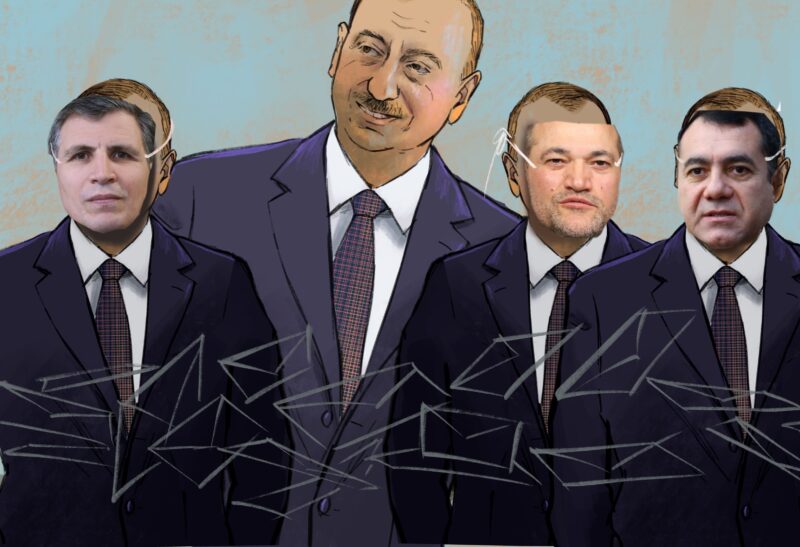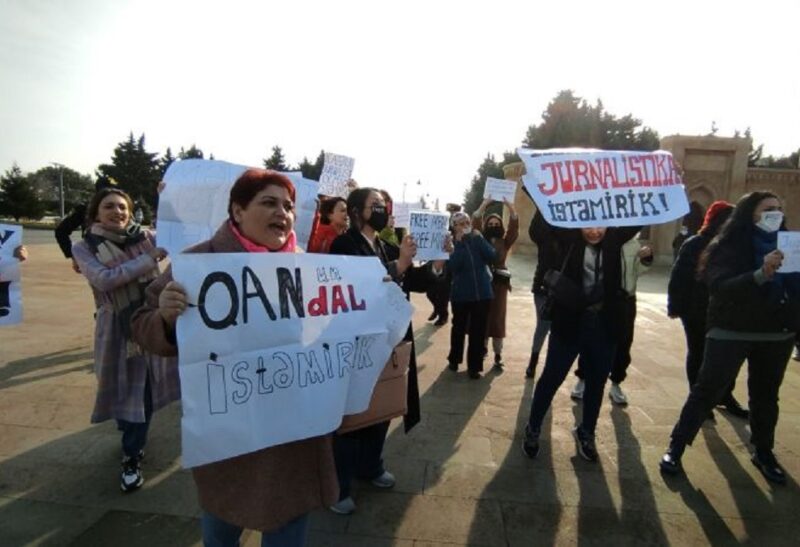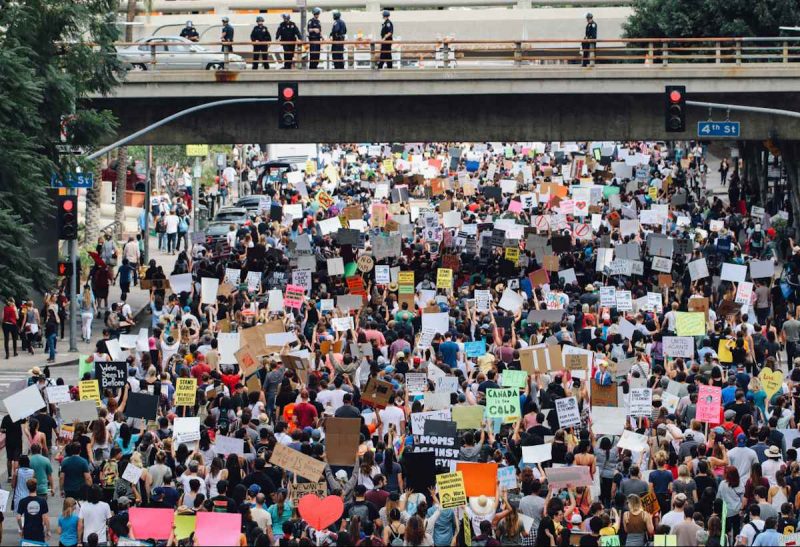Before we were forced to flee, I remember there wasn’t a single stone fence in our village.
There were partitions made out of wire, of shrubbery and reeds: and those were small and symbolic, embracing plots of land, not dividing them.
Neighbors greeted one another from their yards. They spoke, gave their good wishes and passed on the news. It wasn’t much of a problem that you could easily observe your neighbor’s life, or who was coming and going.
In fact, perhaps it even brought people closer together. If the samovar was out boiling in the yard, one would call the neighbors out for tea and for some candy and biscuits. And while roasting kebab on the fire, they’d pack it up in a tight roll of lavash and send it around to share.
These were simple, everyday events, but it was representative of the kinship, closeness and warmth that existed between people back then. Even in poorer times, the tea, milk and meat flowed freely between these fences.
But in the last 10-15 years, people started earning a bit of money. Even if it was just a few pennies and kopecks of oil money, it wasn’t nothing. Some earned a lot, some earned less. But everyone earned something.
But the money that the country earned at this time was spent largely on fences.
We started to understand the ‘city people’, and villagers began building stone fences the height of people themselves. As soon as they got some money, people started hiding from one another. Neighborliness was forgotten – proximity, kinship disappeared. Money and stones drew a solid ice-wall across yards and properties.
I was unable to understand why people who had, even in poor times, never been offended by the sight of their neighbors eating breakfast and dinner indoors, suddenly decided the need to build high walls between themselves.
What separated them, what forced them apart? Why did those who had been unashamed of being so poor begin to be ashamed of their wealth? This is impossible for me to understand.
But I do understand this:
The advent of wealth in our country was an unfortunate event. It was the second time in a century that the people of the country had seen wealth. And it was even ordinary people that got their hands on some of it.
And on receiving this money, the people spent it en masse on stones. The wealthy on marble, the poor on brick.
They could have spent it on travel, to have fun, to make their kids happy. But these were such people that decided to make sure their neighbors stayed far away, and yanked the food and fun out of their children’s mouths and built castles and fortresses instead.
There was a family close to us whose father had been making good money for the past few years. His kids begged him for a liter of Coca-Cola, for a kilo of sausages. In the end, he bought a Mercedes. Two months later he ended up in an accident and the car was destroyed. He spent the money he had taken from his children’s mouths and spent it on iron. And in a moment, it was gone.
Every once in a while I wonder if those who spent their money on these stone walls will ever regret their decision. After 10 years of oil money, all they are left with are these stone walls.
An epoch that could have brought about good living conditions, tourism, higher education, the translation of world literature and the development of the theatre and cinema was spent on stones and iron. . .
And those Mercedes will start to rust soon.



